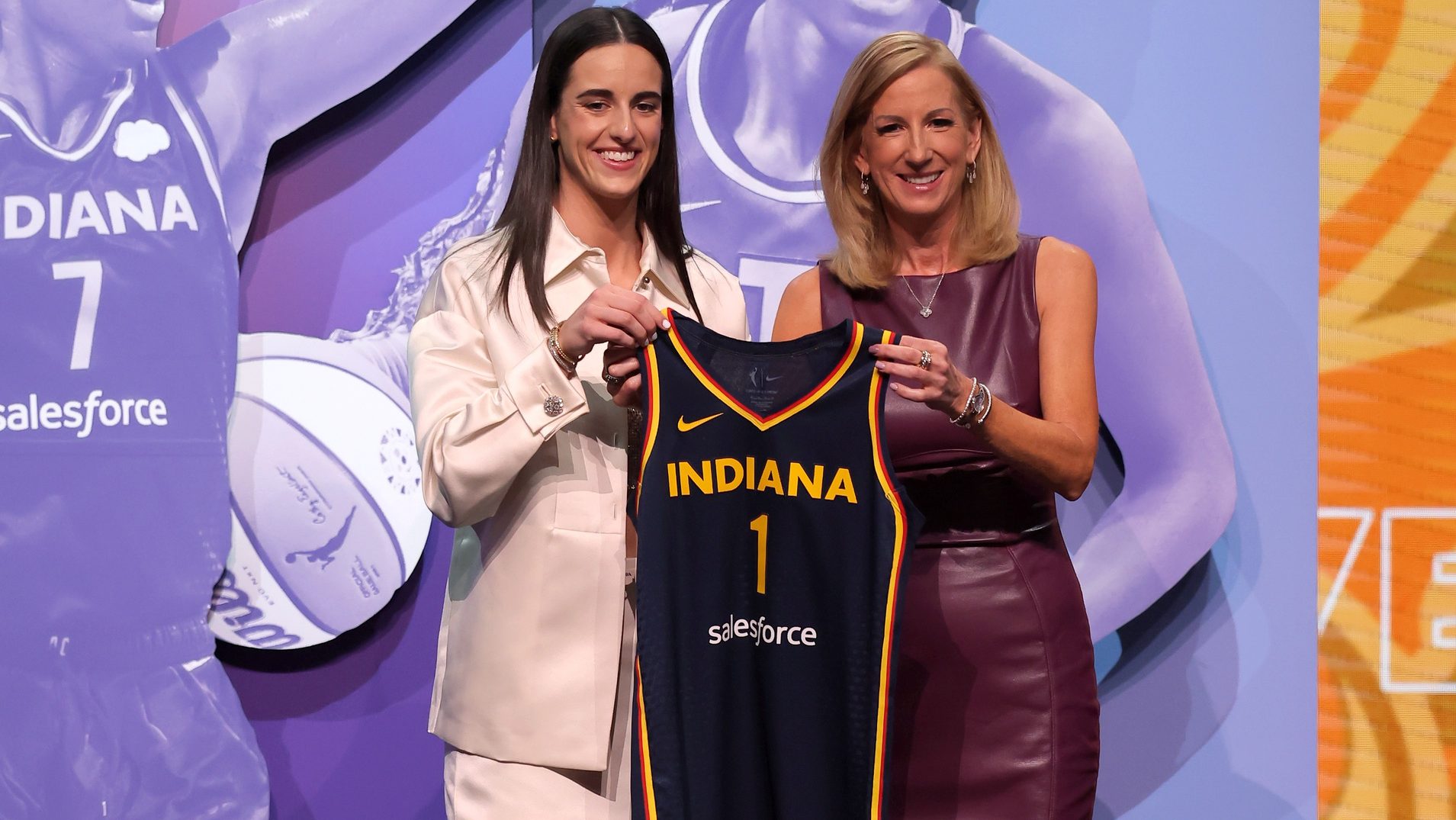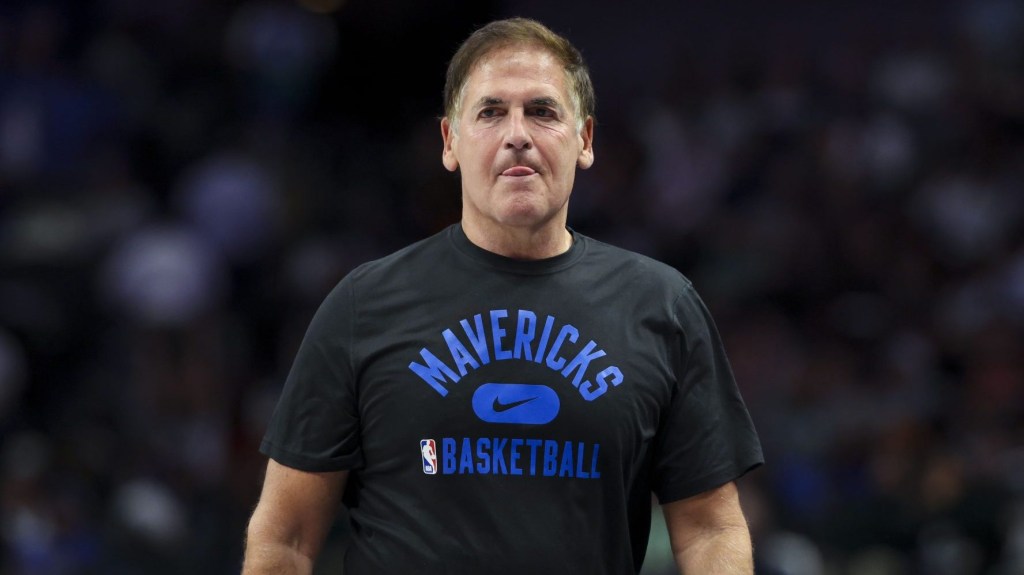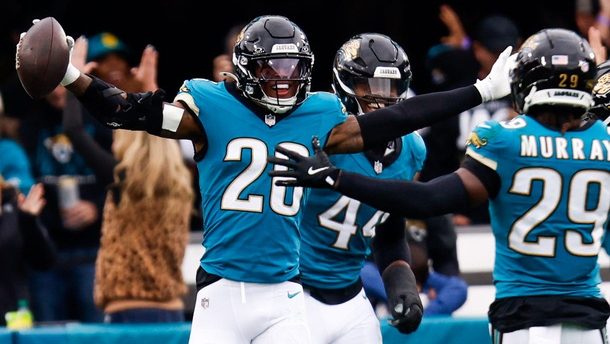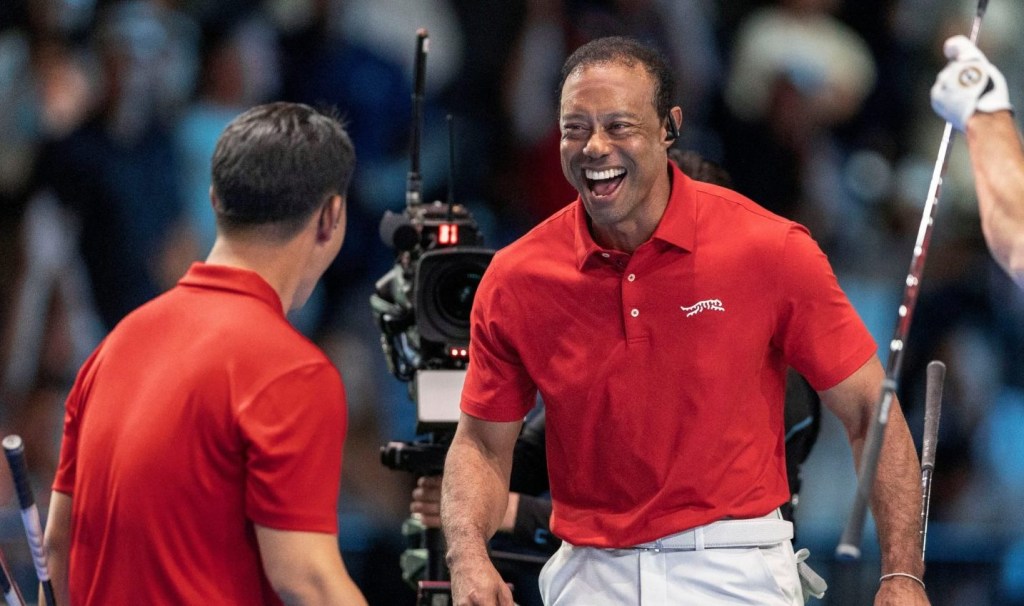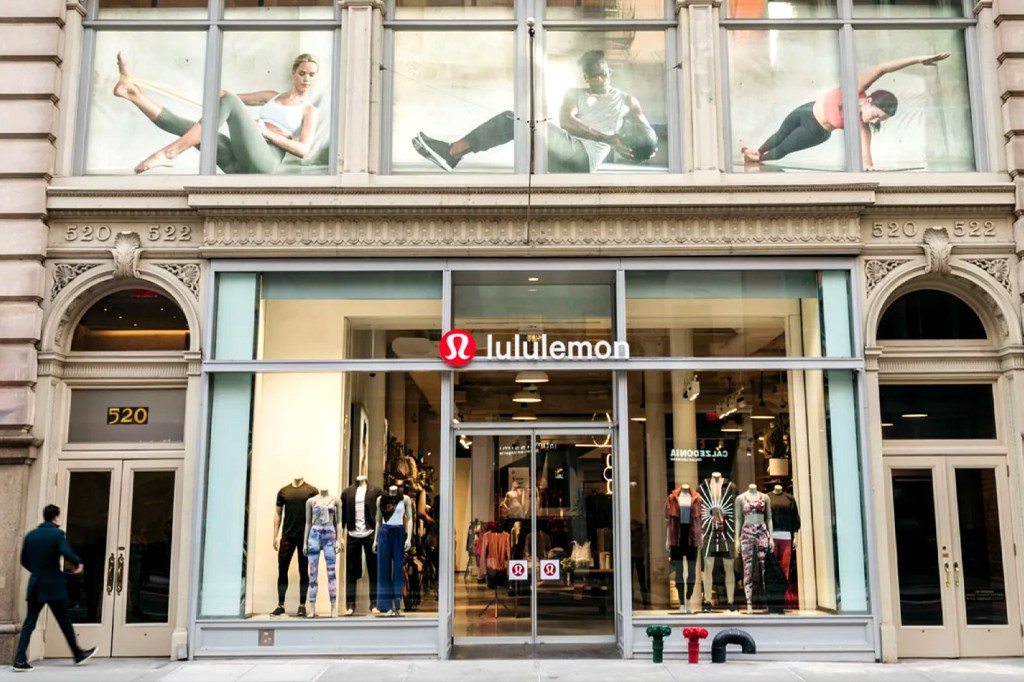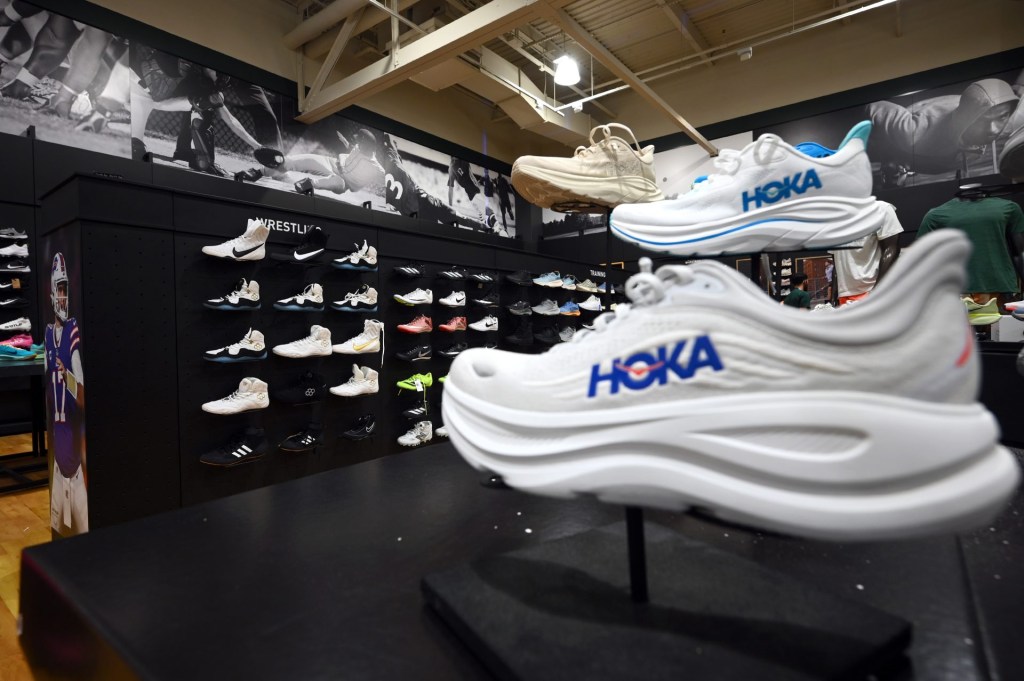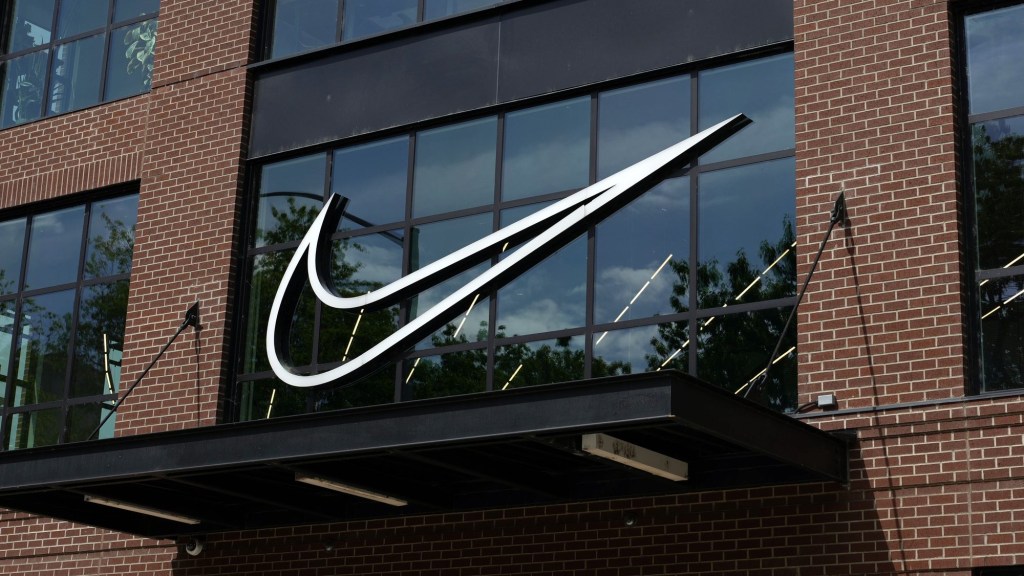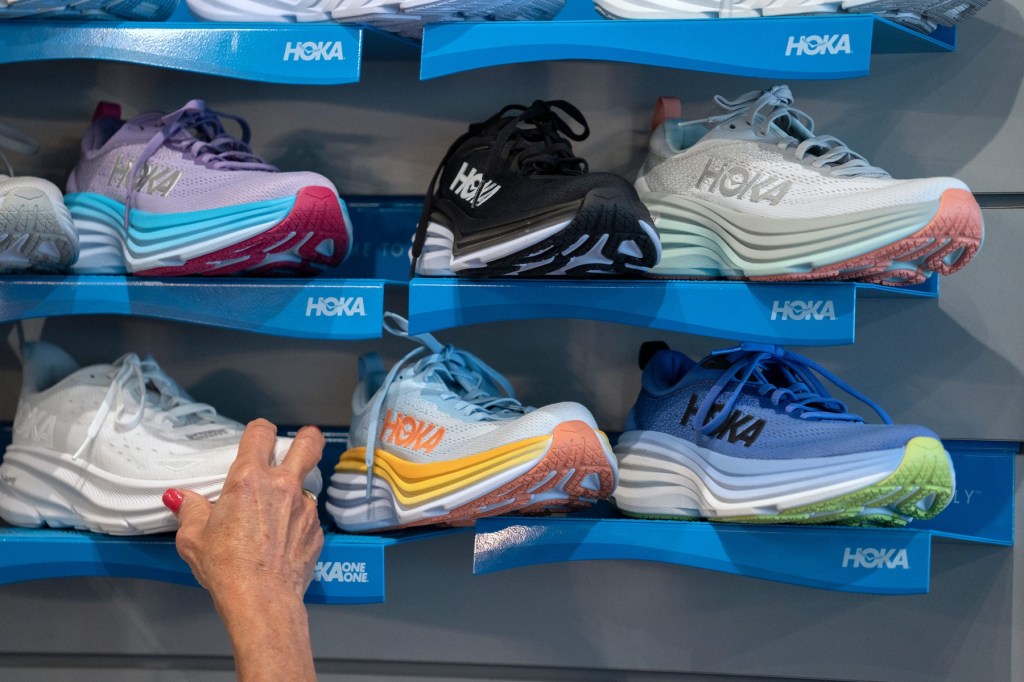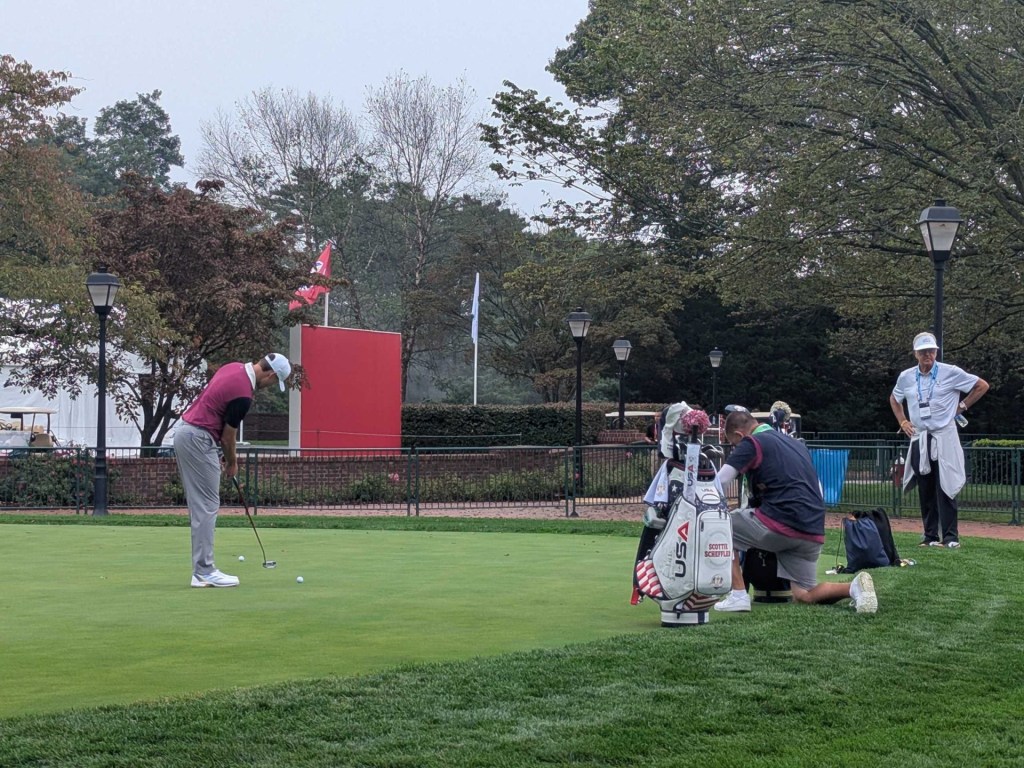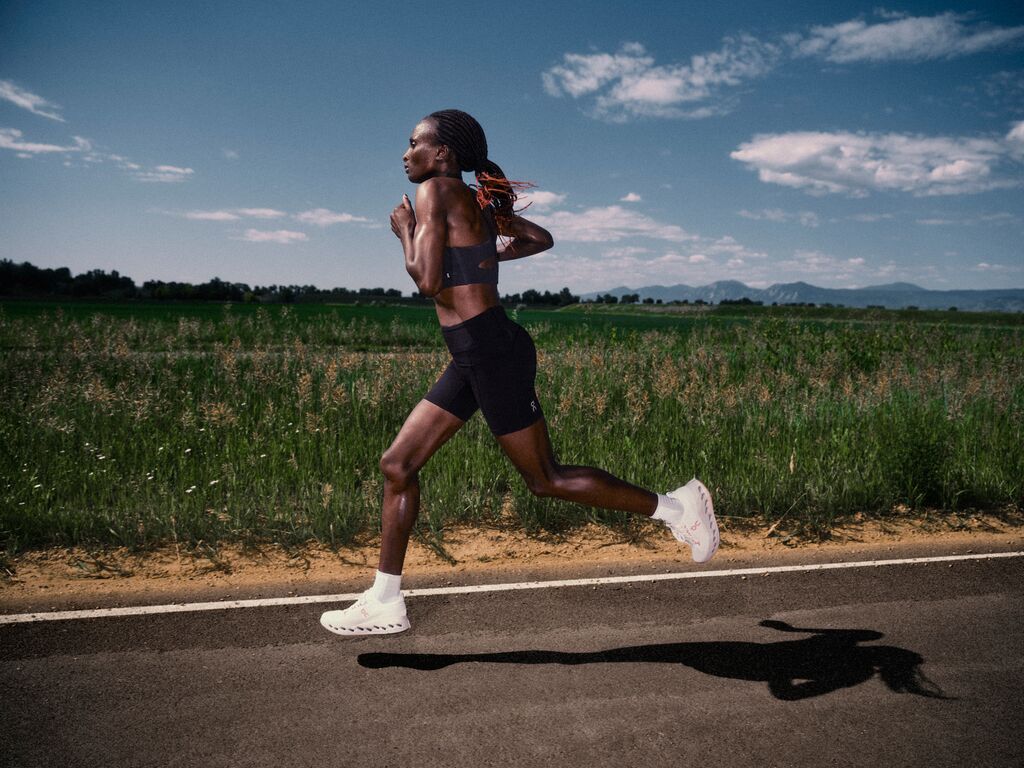An hour after Caitlin Clark was drafted to the WNBA’s Indiana Fever in April, Fanatics sold out of nearly every size of the first draft pick’s jersey.
As women’s sports continue to hit new heights in revenue and ongoing investment, fans of all genders are clamoring to snap up merch. The women’s sports apparel market has soared to an estimated $4 billion in the U.S. alone, according to data from Klarna and fan-intelligence company Sports Innovation Lab (SIL). Nearly 80% of respondents reported they would buy more women’s sports merchandise if they could, but sufficient options don’t exist, especially in offline retailers.
“We’ve seen a lot unfold in women’s sports, including record-breaking viewership, game attendance, merch sales, and more attention around the athletes,” says Megan Gokey, who leads B2C marketing and brand partnerships in North America and the U.K. at Klarna. The Swedish fintech company was a founding partner in Angel City FC in November 2021, and is currently in a three-year partnership with the NWSL team. “Despite all this,” Gokey tells Front Office Sports, “we continue to see a very big gap between men’s and women’s sports merch in terms of the availability and access.”
A joint study between Wasserman and ESPN Research from October 2023 showed women claimed 15% of all sports coverage in ’22, up more than triple from five years earlier. Now, as stars such as Clark help propel WNBA viewership and attendance to record growth, including increasing fans who are people of color, and new network deals mean additional airtime for women’s games, more eyeballs will be on women’s sports—especially in an era of expanded streaming and social media.
This exposure and demand spells “such huge” potential for retailers, Gokey says. According to the Klarna/SIL report, women’s sports leagues have more than seven times fewer apparel options than their men’s affiliates, and for every nine pieces of men’s sports merch available, women’s have only one. This includes items such as jerseys and logo apparel as well as items born out of partnerships with women athletes.
“This is not a build it and they will come,” says Jessica Robertson, cofounder of Togethxr, a media and ecommerce property, founded by Alex Morgan, Chloe Kim, Sue Bird, and Simone Manuel. “This is a make it available because they are here and they’ve been here.”
The women’s sports merchandise market is behind the men’s in three key ways: production volume, widespread licensing rights, and distribution both online and in-store, says Nicole O’Keefe, director of strategic partnerships at BreakingT, a small Washington, D.C.–based T-shirt retailer. This means companies rarely produce as much women’s sports merchandise in advance of seasons, and when a major moment hits, they often can’t turn out enough supply to address demand.
The gap between the men’s and women’s infrastructure “creates a glaring hole in the market. This applies mostly to the higher price-point items that drive a halo effect, like uniforms and outerwear,” O’Keefe tells FOS. “They have a lot of marketing behind them; they’re highly visible. When the jersey reveals happen, it hypes people up and they get excited to shop for merch in general.”

Fanatics has a massive stake in the women’s sports apparel market, with long-term Nike licensing partnerships across both professional and college sports gear. They tell FOS they’ve seen significant growth in the category this year, particularly on the heels of the NCAA women’s tournament and Women’s College World Series as well as the surging WNBA viewership. Kimberly Alula, Fanatics SVP of merchandising, says the company has already sold five times as much WNBA merchandise as it had this time last year, and it is “working closely with leagues and vendor partners to add new products as fan demand soars.”
Nike has begun introducing additional options, too. On July 10, the brand announced the U.S. Women’s National Team Reissue Collection, a 25th anniversary rerelease of the kit worn by the 1999 World Cup–winning USWNT—the same iconic jersey Brandi Chastain ripped off after the final whistle sounded victory on home turf.
As some market demand remains unaddressed by the largest sports apparel retailers, smaller players are seizing the opening, both through new designs and partnerships.
Togethxr has generated $3 million in revenue in the past seven months on its $45 “Everyone Watches Women’s Sports” T-shirt, Robertson tells FOS. She says the sales are helping the company gauge their own business and potential growth opportunities in the women’s sports apparel space, which will help guide them on future collaborations with women athletes.
BreakingT has also introduced its own line of women’s sports-specific T-shirts alongside its other officially licensed lines for men’s and college sports. The ecommerce retailer, which also has partnerships with Dick’s Sporting Goods and Academy Sports + Outdoors, introduced USWNTPA and WNBPA gear in 2018, plus new lines for fans of A’ja Wilson, Caitlin Clark, Rickea Jackson, and Breanna Stewart.
Beyond expanding capacity for production and distribution, plus securing more licensing deals, O’Keefe believes one key for companies to crack the market is treating the development of women’s sports apparel the same way from the design stage. BreakingT, whose designs draw heavily on athletes’ social media moments, monitors the women’s sports landscape as much as men’s. In June, the brand quickly seized on Angel Reese’s viral “I’m a dawg, you can’t teach that” interview exchange with a shirt to match. Reese is one of BreakingT’s top-selling athletes across its women’s sports category this year.
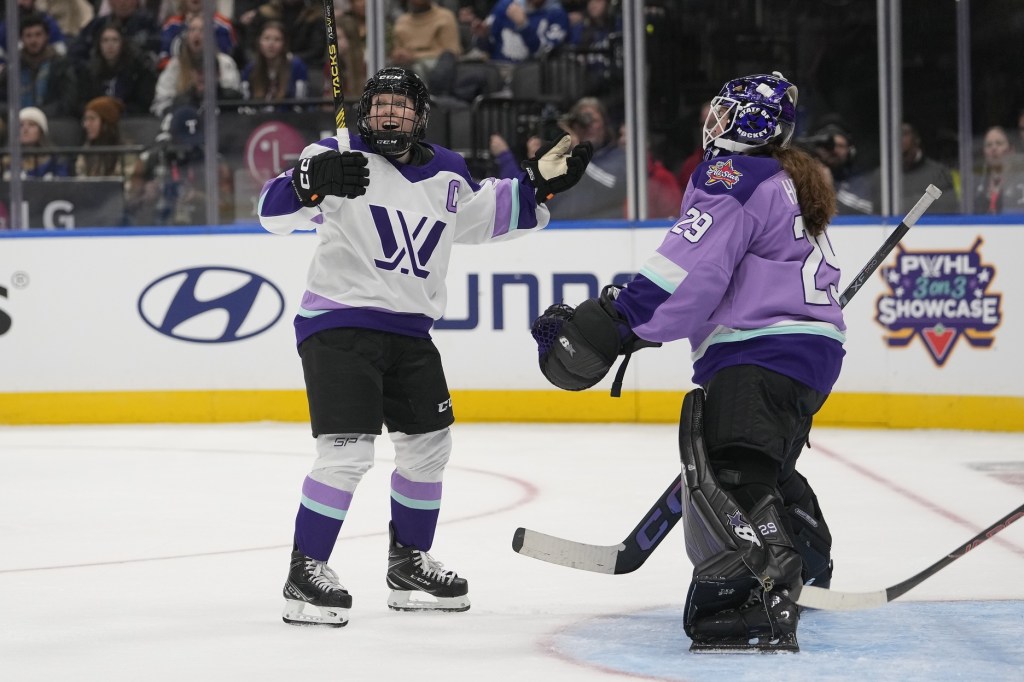
Some women’s leagues are also getting in the game directly through partnerships with smaller brands. Last December, the PWHL launched its inaugural collection with Line Change, a women’s sports apparel brand founded by two hockey wives, Angela Price and Julie Petry.
“The partnership between the PWHL and Line Change means so much more than uniting two female-focused entities. … It’s about a moment in time when women in sport are being recognized in a way like never before, and about creating a product—either on the ice or in clothing—that sends the message to women everywhere that they belong here,” Amy Scheer, the PWHL’s SVP of business operations, told The Hockey News.
“Everyone should be doing more,” says Sports Innovation Lab cofounder and CEO Angela Ruggiero, a four-time Olympic ice hockey player. “Both big brands and small brands … this is a big global opportunity.” (Three years ago, Ruggiero realized that the women’s sports merchandise market was wide open, to the point that she and SIL’s CMO Gina Waldhorn thought about buying licenses themselves.)
Ruggiero believes it’s also time to step out of the box to address the soaring market: Merch companies can “build cooler products” that appeal to a fan base that has made it clear that they want options. “Brands need to recognize this isn’t just sport—this is sport and fashion. … You can’t shrink-it-and-pink-it anymore. You’ve got to really build something that these fans want to wear.”
Togethxr’s Robertson believes the scarce supply in an era of such demand is emblematic of the big-picture lack of resources flowing into women’s sports—and yet another piece of the puzzle that needs to be addressed. Along with companies leaving money on the table, the low market share in the merchandise category is a tough pill to swallow for athletes who are looking for additional equity opportunities.
She adds, “It’s another example of how hard it has been to be a women’s sports fan.”
